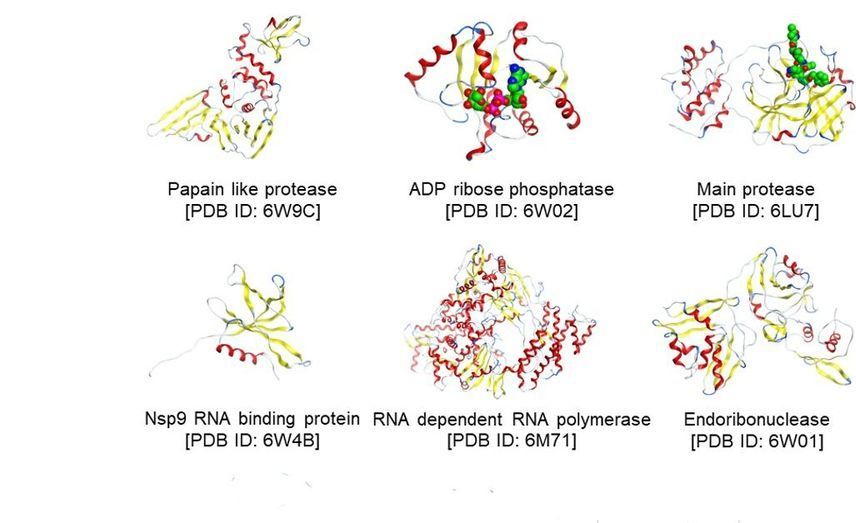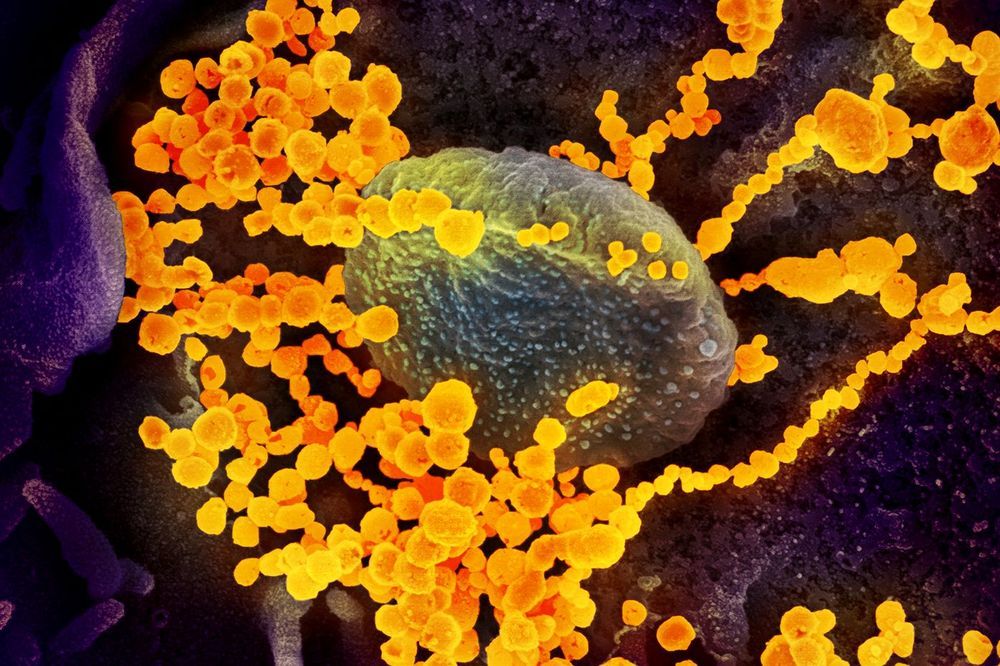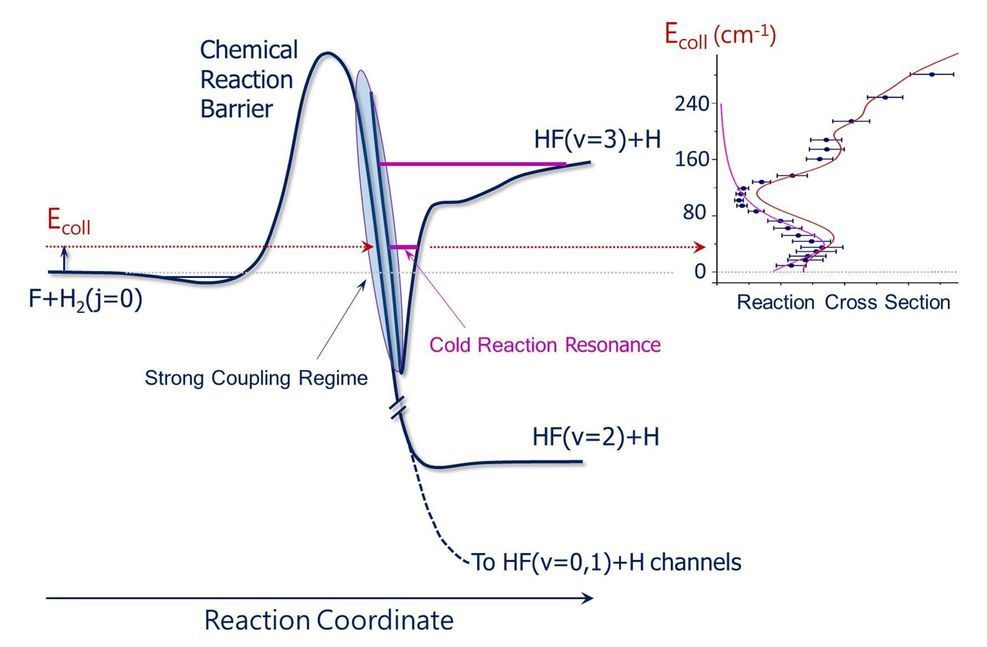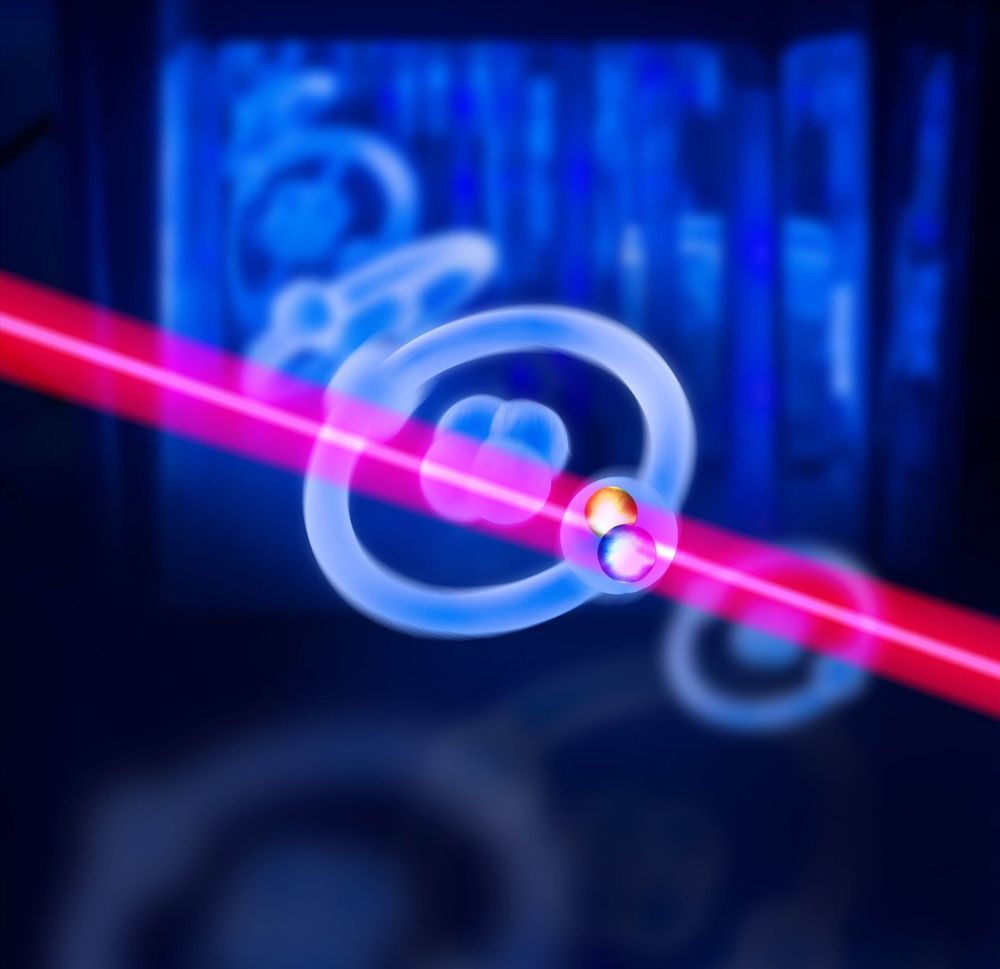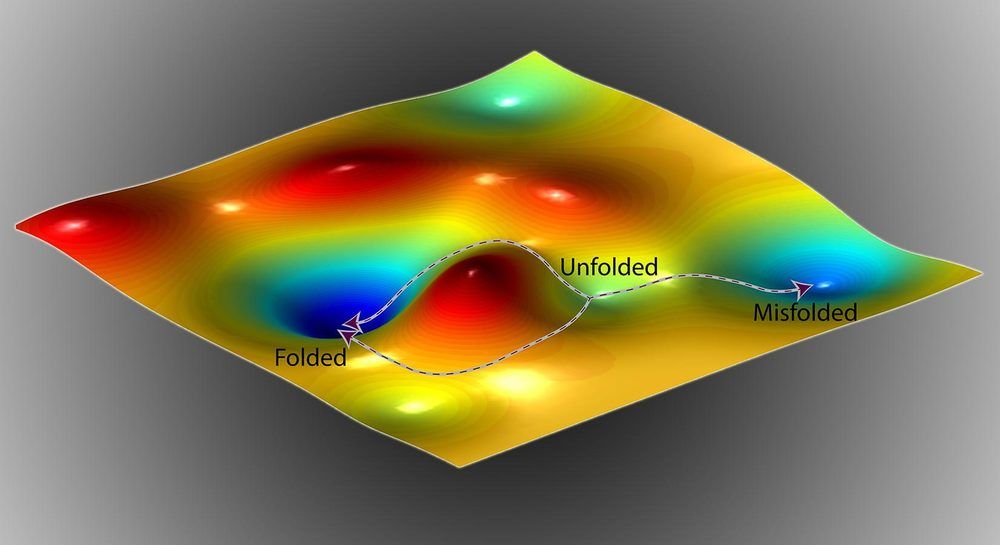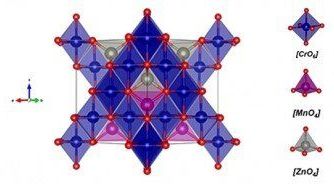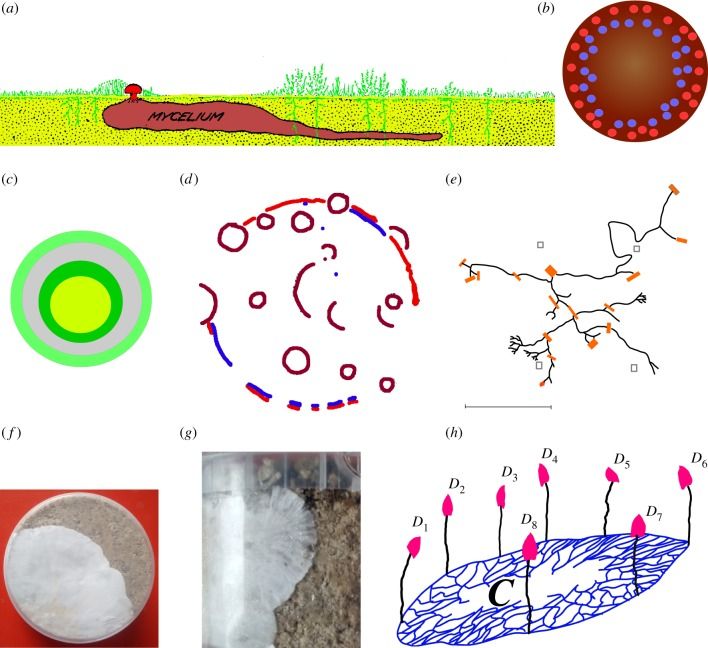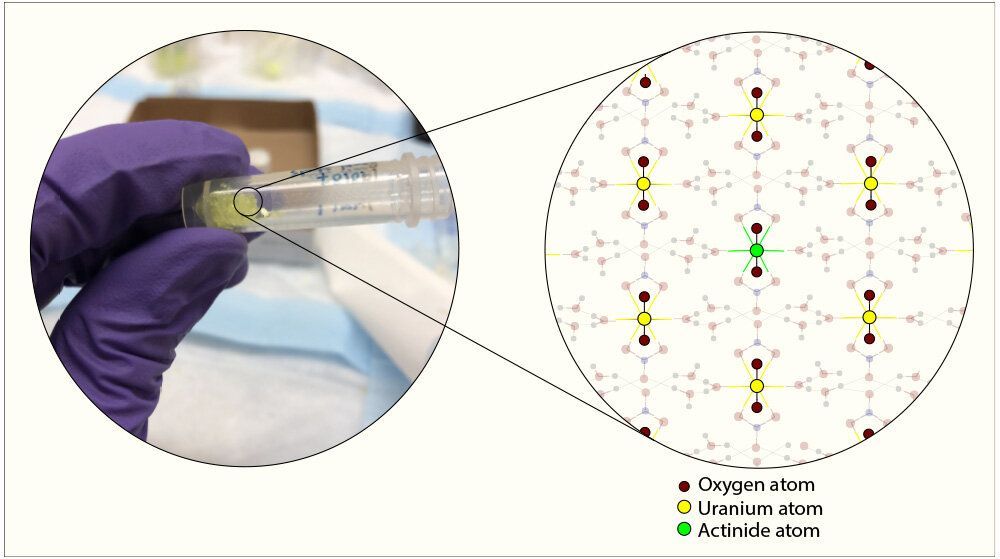May 8, 2020
Scientists publish data on COVID-19-related proteins
Posted by Omuterema Akhahenda in categories: chemistry, quantum physics
A group of scientists led by Teruki Honma of the RIKEN Center for Biosystems Dynamics Research and including collaborators from Hoshi University and Mizuho Information & Research Institute have released key data on the proteins associated with the novel coronavirus that causes COVID-19. As a means to facilitate the development of anti-COVID-19 therapeutics, crystal structures of dozens of drug targets including the virus’s main protease, RNA dependent RNA polymerase, and S protein have been published by Protein Data Bank (PDB). The research group has performed ab initio quantum chemical calculations based on the crystal structures using the fragment molecule orbital method, and published the data at FMODB as a database for data acquired using that method. According Honma, “We hope that this data will help scientists quickly develop therapies for this devastating virus. We will continue to perform FMO calculations on newly released protein structures and update our data. This data will be important by allowing an understanding of the precise energy data for interactions between drug candidates and virus proteins.”
The data is available at FMODB: The database of quantum mechanical data based on the FMO method![]() .
.
